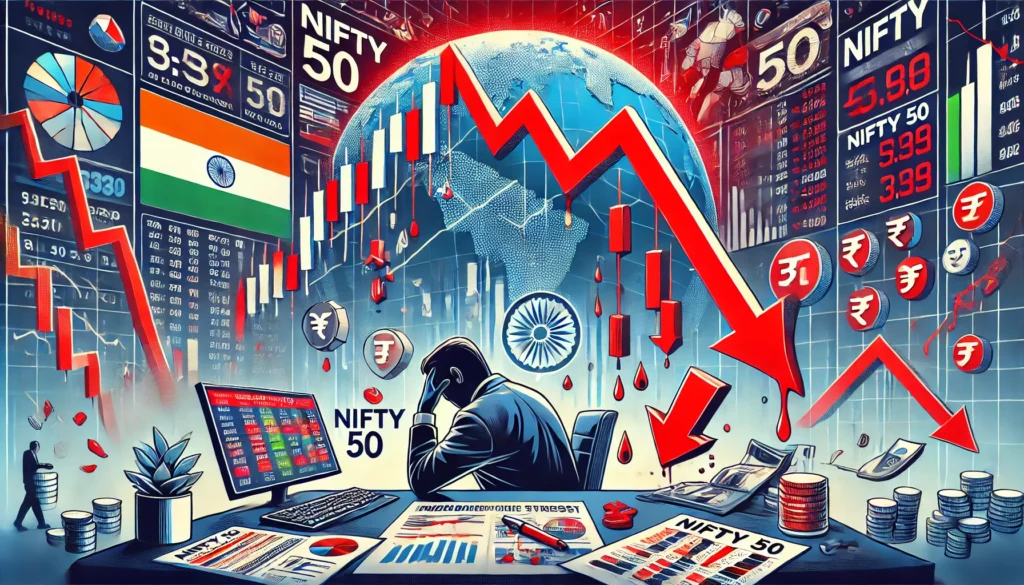In a remarkable geopolitical turn, Vietnam—a nation 14 times smaller than China—has maneuvered itself into a powerful position on the global stage, reshaping Asian diplomacy and trade with quiet precision.
The $129 Billion Trade Web
Vietnam’s economy has become deeply intertwined with the United States. In 2024 alone, Vietnam exported goods worth $142.48 billion to the U.S., creating a massive trade surplus of $129.38 billion—nearly 30% of its GDP. Meanwhile, it imports $144 billion worth of goods from China but exports only $61 billion back, resulting in a deficit of $83 billion.
This triangular trade strategy is clever: Vietnam buys components from China, assembles them, and exports the finished products to the U.S. It’s a model that has made Vietnam an indispensable link in the global supply chain.
Xi Jinping’s Visit: A Sign of Pressure
In April 2025, China’s President Xi Jinping made a rare visit to Hanoi, signing 45 agreements spanning digital infrastructure, agriculture, and green tech, including an $8.3 billion railway deal funded by China. On paper, it seemed like cooperation—but in reality, it was a reaction to Vietnam’s growing alignment with China’s rivals.
As the deals were being signed, Vietnam was simultaneously expanding military infrastructure in the Spratly Islands, particularly the Barque Canada Reef, escalating tensions in contested waters. This wasn’t partnership—it was posturing.

Bamboo Diplomacy, Vietnam-Style
Vietnam’s strategy, often called “bamboo diplomacy,” is not neutrality—it’s opportunism with a smile. Vietnam is engaging with everyone:
- U.S. for trade and factories
- China for infrastructure loans
- Japan for technology
- India for energy exploration
- EU for broader market access
It’s a form of strategic diversification that gives Vietnam both economic leverage and political independence.
India Joins the Fray
Vietnam’s quiet military collaboration with India—through naval exercises and defense upgrades—further complicates China’s regional dominance. With India staying assertive on the Line of Actual Control (LAC) and Vietnam strengthening naval outposts, Beijing finds itself diplomatically cornered.
Cracks in China’s Belt and Road
China’s Belt and Road Initiative (BRI) relied heavily on a steady stream of trade revenue. With U.S. tariffs in place and Vietnam rerouting supply chains, Beijing’s dream of global infrastructure dominance is bleeding billions.
Vietnam’s refusal to hand over control of strategic infrastructure—unlike countries like Sri Lanka—shows a high level of fiscal caution and national interest.
The 2045 Vision
Vietnam’s ambitions are crystal clear: achieve high-income nation status by 2045. With a 7.09% GDP growth in 2024, strategic outposts in contested waters, and increasing control over global supply chains, Vietnam is no longer playing catch-up—it’s setting the pace.
The Asian Chessboard is Resetting
A new coalition is forming: Vietnam, India, Japan, and the United States—all countries aligning economically and strategically to counterbalance China’s influence. In this new Cold War of influence and trade, Vietnam isn’t just a pawn—it’s becoming the board.
Editors take:
Vietnam’s rise is a masterclass in soft power, strategic patience, and economic maneuvering. It didn’t fire a missile, yet it has shifted the geopolitical balance in Asia. As China struggles to respond, the world watches a new power broker quietly emerge in Southeast Asia.



